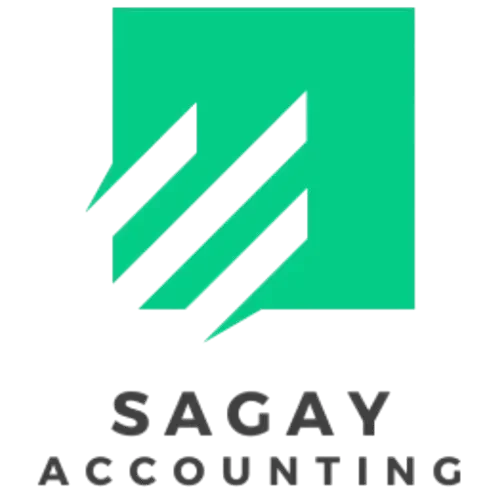What You Need to Know About Making Tax Digital (MTD) for Income Tax From April 2026
Key Changes From April 2026:
1. Digital Record Keeping:
You’ll need to keep your income and expense records digitally, using approved
software like QuickBooks or Xero. No more paper records or simple spreadsheets.
2. Quarterly Reporting:
You’ll submit tax updates every 3 months, summarizing your income and expenses.
This means less paperwork at year-end, and you’ll stay on top of your tax bill all year
round.
3. Final Year-End Submission:
At the end of the year, you’ll submit a final report to HMRC that sums up all your
quarterly reports.
4. Digital Software:
You’ll need to use accounting software approved by HMRC to keep your records
and file your taxes. Luckily, there are plenty of options available, so you can choose one that
fits your business needs.
How to Get Ready for MTD:
1. Start Using Digital Software:
If you’re not already, it’s time to start using accounting software to keep your
records.
2. Know Your Income:
MTD applies to you if your total income from self-employment or property exceeds
£50,000. Make sure you know if you need to register. Please visit the section “Who
will be affected?” if you are unsure.
3. Get Familiar with the New Rules:
It’s a good idea to learn more about what MTD involves and what records you’ll need
to keep.
4. Choose Your Software:
Find accounting software that works for you, keeping in mind that it will need to be
able to submit your tax updates to HMRC.
Benefits of MTD:
● Less Stress at Year-End: Quarterly reporting means no more last-minute rush at the
end of the year.
● Better Accuracy: Digital records help reduce mistakes and make sure you pay the
right amount of tax.
● Easy Access: You can access your financial data anytime and from anywhere,
which makes managing your taxes more convenient.
Challenges to Keep in Mind:
● Learning Curve: If you’re not used to digital tools, there might be a bit of a learning
curve.
● Costs: While many software options are affordable, you may need to budget for the
cost of the software.
● Threshold Changes: The £50,000 threshold will reduce to £30,000 from 6 April
2027. However, this threshold will reduce further to £20,000 in the future, a date for
this has not been set yet.
Conclusion:
MTD for Income Tax starts in April 2026 and will require self-employed individuals and
landlords with income over £50,000 to report their taxes quarterly using digital software.
Start preparing by choosing the right software and getting familiar with the new system. It
may feel like a big change. But it will make tax filing simpler and more accurate in the long
run. Here at Sagay Accounting we will support you through every step. For more information
please book a consultation with us or please visit GOV.UK
Thank you for reading, please feel free to check out our other blogs linked on our website.




